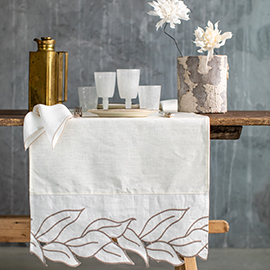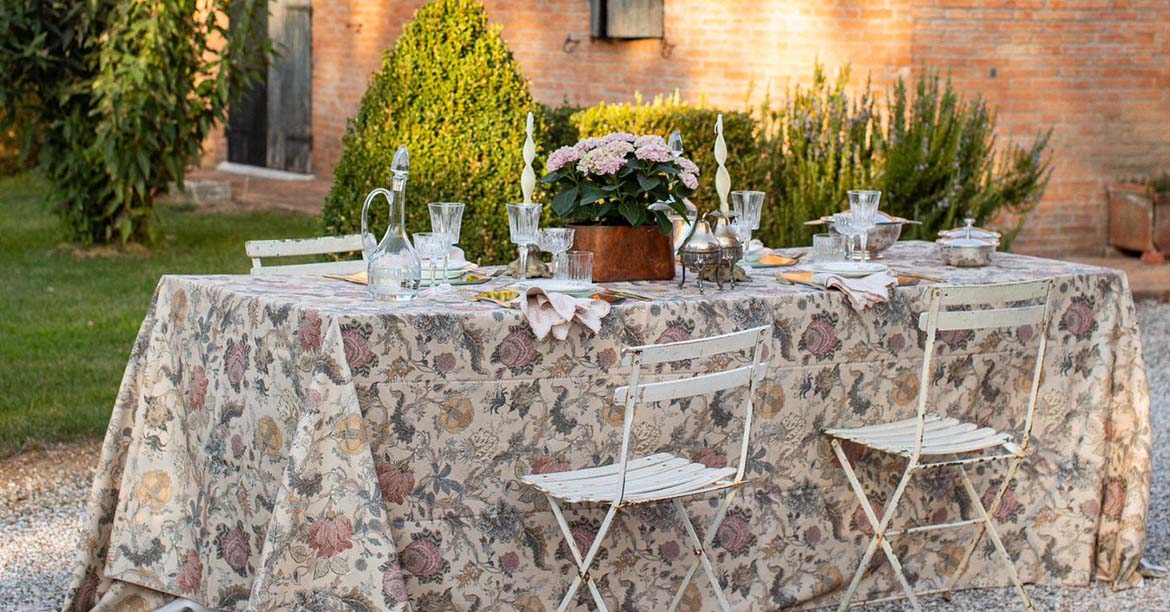
For some time now there has been a lot of talk in the press and on social media about the Old Money style, which literally means a fortune inherited and not made. In an era when everything has become ostentation and a measure of one's social status, the attraction of the Old Money style stems from the fact that Old Money status is actually unattainable because it is not bought and not made, but precisely inherited. Compared to what is seen on social media, along with money Old Money people have also inherited a style and understatement that New Money people do not have. Old money, characterized by understated luxury, an emphasis on quality, and a classic aesthetic, is a reflection of deep traditions and values passed down from generation to generation.
 |
 |
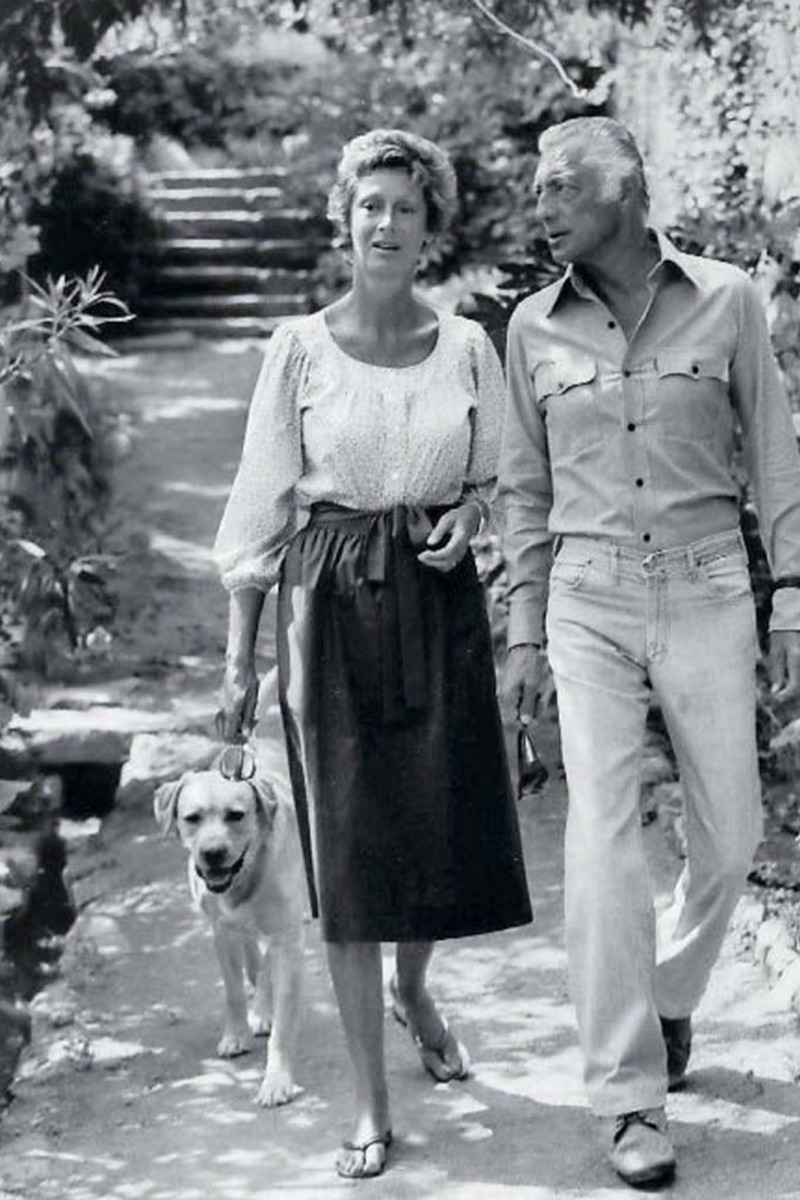 |
True elegance comes not from what is trendy, but from what is timeless, since what today is a style in dressing, yesterday was a lifestyle. While it is true that Old Money is born, it is nevertheless true that from old money people one can learn a lot about style in every sphere, from fashion to interior design. In fashion, for example, it is now identified with the use of vintage accessories of classic brands and the choice of beautiful and fine materials to be favored over fast fashion, in home decor being old money, means no less opting for objects made to last, made of noble and timeless materials. Particularly in the use of quality and sustainable furnishing fabrics, away from passing trends and instead respecting traditions albeit with a personal reinterpretation with a strong character. I insist on this point because old money people while not feeling the need to continually adapt to the latest trends, are not afraid to reinterpret pieces, both of clothing and in their furnishings, that belonged to their grandmother or mother that represent a strong emotional bond and a continuity in taste for quality, mixing them with new elements.
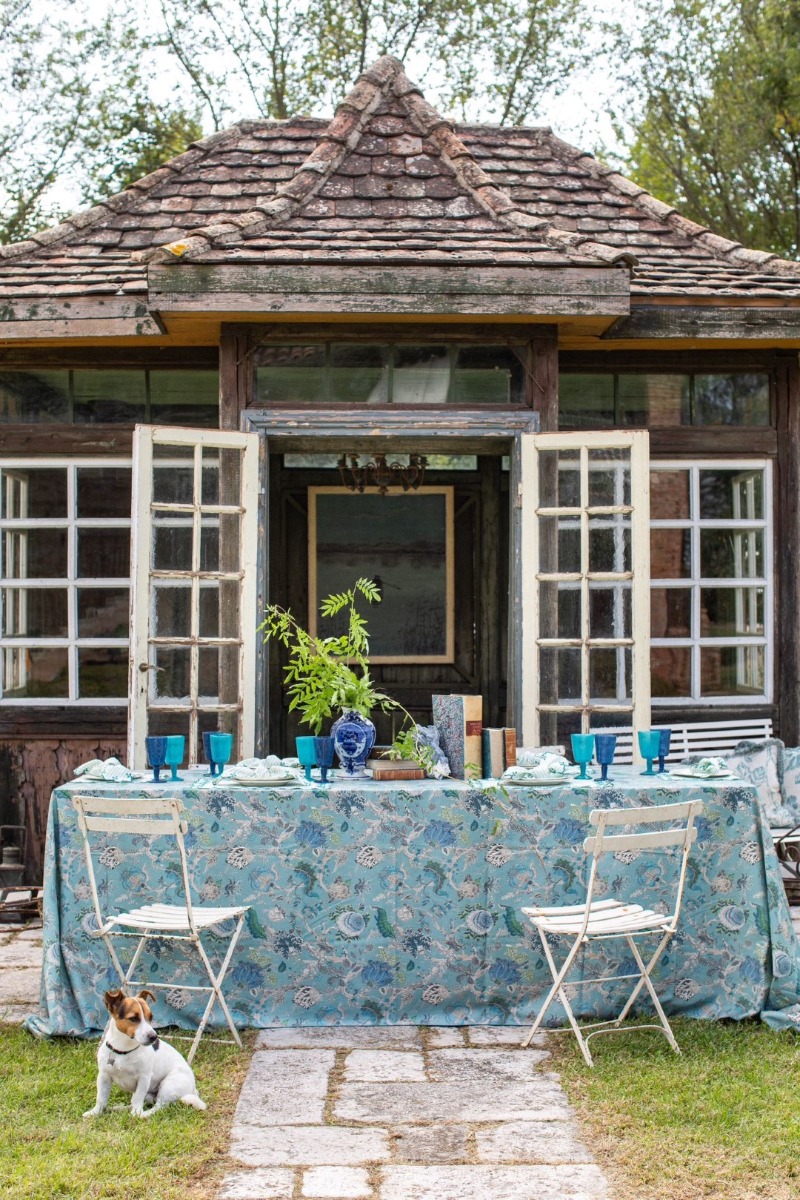 |
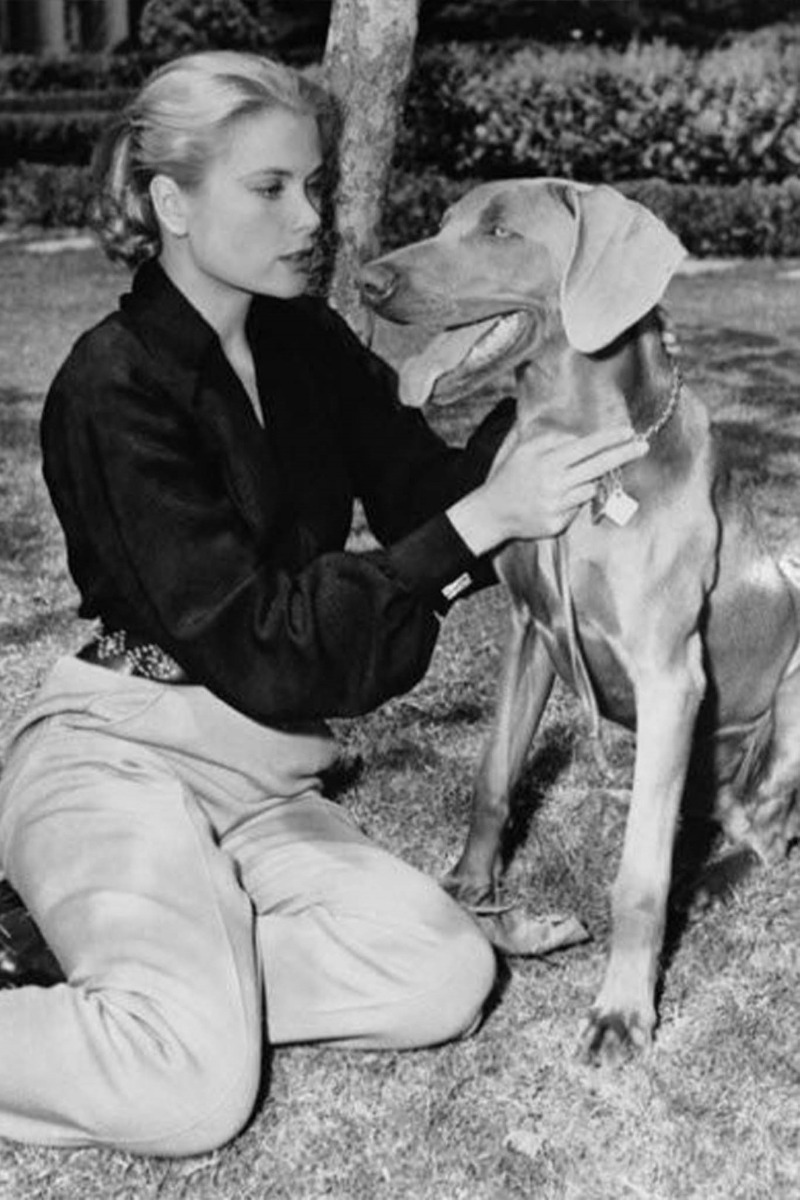 |
 |
A slightly passé aesthetic, if characterized by undisputed quality, is considered timeless and therefore perfect for being passed down through the generations with small aesthetic touches. A well-crafted sofa is then reupholstered, at the limit with new upholstery, just as chairs with a classic flavor can be reused with small restyling to adapt them to a more contemporary taste. Grandmother's embroidered linen tablecloths, if no longer suitable for today's different table sizes, become curtains, and silverware, though with obvious signs of use, is also reused for the everyday table. Again, services of different and somewhat mismatched porcelain, but united by the same color, come together to form a new more interesting and eclectic one, so as to create tables of unique beauty that is difficult to replicate with a new service. For the old money style, the great classics are always in vogue but at the same time fashion is not followed but created, with a personal and decisive style made of a creative mix of tradition, originality and class. And of course a good dose of creativity, which comes from a strong vision and decisive tastes. Underlying this style is an approach to life that favors culture, travel, and conscious choices designed to enrich the personality and wealth of experience rather than mere possession of objects or ostentation. Old money considers consumerism an evil and eschews expenditures that are considered superfluous if made for transient objects. If, on the other hand, it is for classic and durable accessories, then no expense is spared.
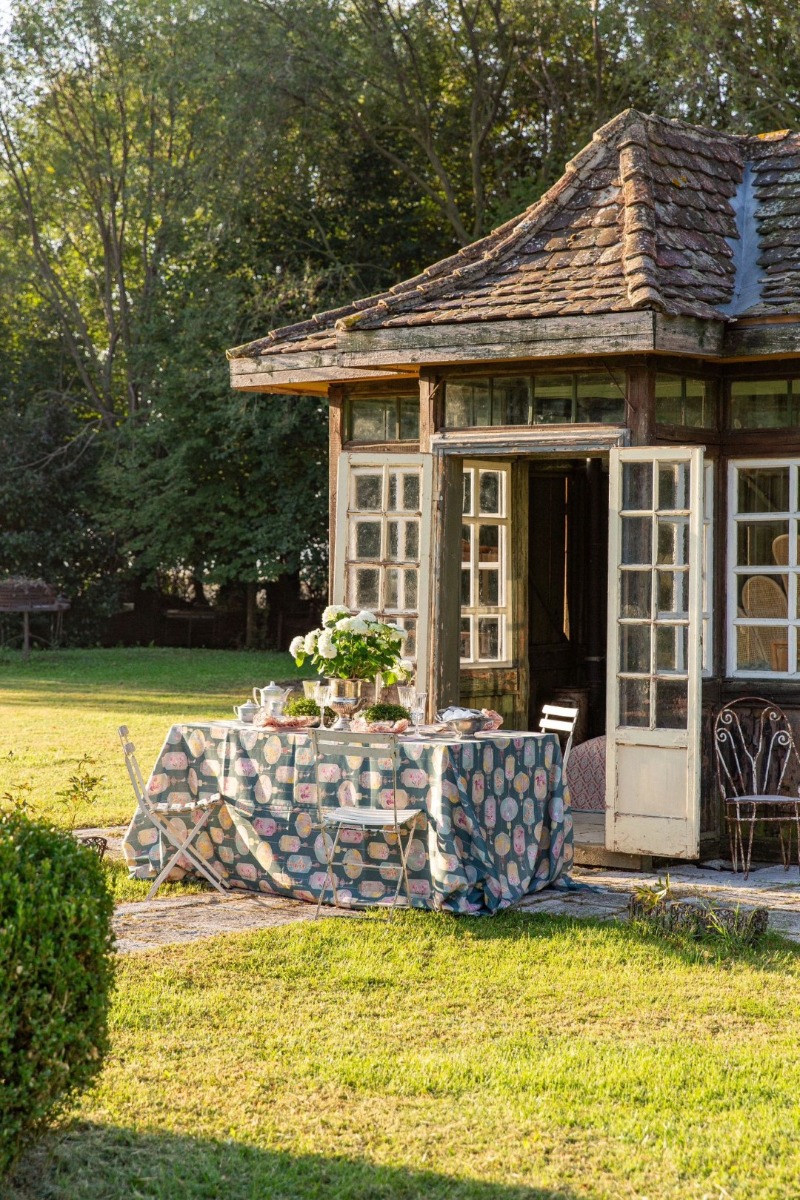 |
 |
 |
This is why Old Money homes, collect objects from travel, research, and heritage, fluidly united and bound by the unique style of those who inhabit them and make them a second skin. With a fairly similar philosophy of living, our collections often marry timeless classic pieces and reinterpret craftsmanship made to express quality and durability. The strong character of our table settings stems from a taste for beautiful and fine fabrics, blended together in an eclectic yet at the same time. The intent is to give our customers a timeless and ageless product suitable for classy people who aim for elegance and originality rather than indiscriminately following the trend of the moment. The old money style while appreciating the quality of products made with ancient and qualitative techniques typical of some already well known brands, never makes itself the bearer of visible logos and brands, because what is ostentatious is never classy; but prefers the elegance of anonymity, well recognizable to the expert eyes of those who share the same philosophy of life. Classic examples of this style made of sobriety and charisma are personalities such as Gianni and Marella Agnelli, the Kennedys, Grace Kelly, Audrey Hepburn or Queen Elizabeth, with her unparalleled casual and refined style while vacationing in Scotland. If you are wondering where to find inspiration for this style, my advice is to look to the past. For my work, I love to do research in collections and archives of photographs, images depicting houses and people of undoubted elegance, but historical or classic films are also a great source of inspiration and it is always the details that capture my interest. Recently, I rewatched some episodes set in Balmoral Castle from the series the Crown, rediscovering many elements of the style that I love and also include in our collections. Fine fabrics of exquisite workmanship, authentic materials, made more with utility in mind that makes them beautiful because they are consistent with the habitat. Colors fused and in tone with nature, a variety of styles and mixed nonchalantly, but never with the intent to prevail. I emphasize, however, that the old money style in a house is not itself old and dusty, because it continually comes under the hands of careful and delicate refurbishing. Upholstery and objects juxtaposed in unusual ways thus acquire modernity without losing their identity.
An old money table, to give you an example, is dressed in linen with fine details such as a nicely trimmed or embroidered border, but perhaps with color combinations and a mix of patterns that looks random but is instead studied with manic care. The napkins are always linen and can match the tablecloth while seeming to be salvaged from a completely different origin. The slight fracture that makes the pairing less classic is well concealed in a color reminder or a well-thought-out combination. I feel like giving you just one piece of advice to guide you in your combinations. Start with a color you like, add a neutral tone and a metal. Never put too many colors on the same table but follow a common thread, alternating at most two tones, or following a specific theme. Experience the pleasure of knowing how to receive and set the table for any occasion, without ostentation or forcing, but with a personal and refined style that is never banal. Knowing how to navigate and juggle colors is a difficult and never sloppy exercise that requires a trained eye. Lastly, using antique plates, glassware and flatware is always an elegant choice worth investing some money for.
 |
 |
 |
